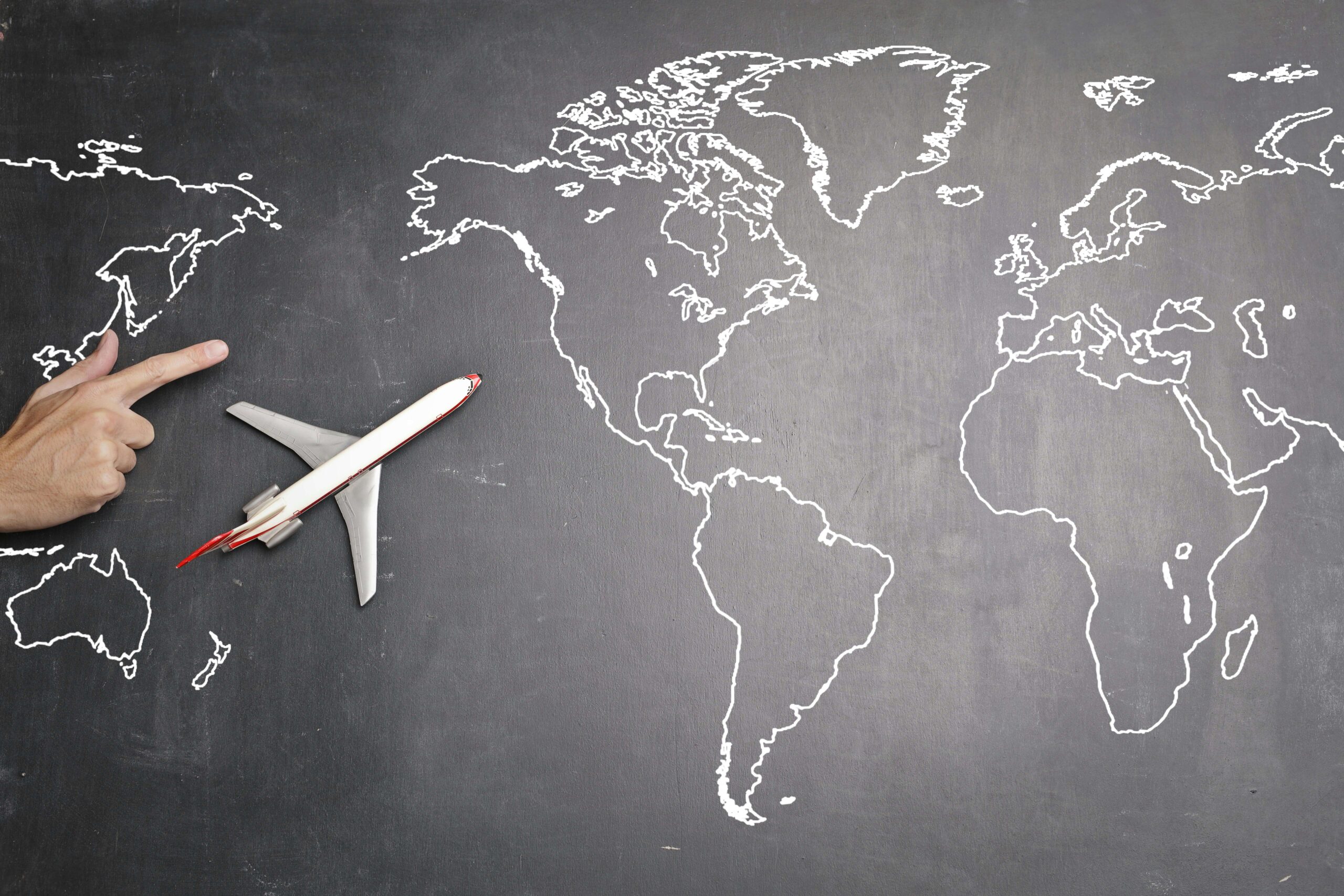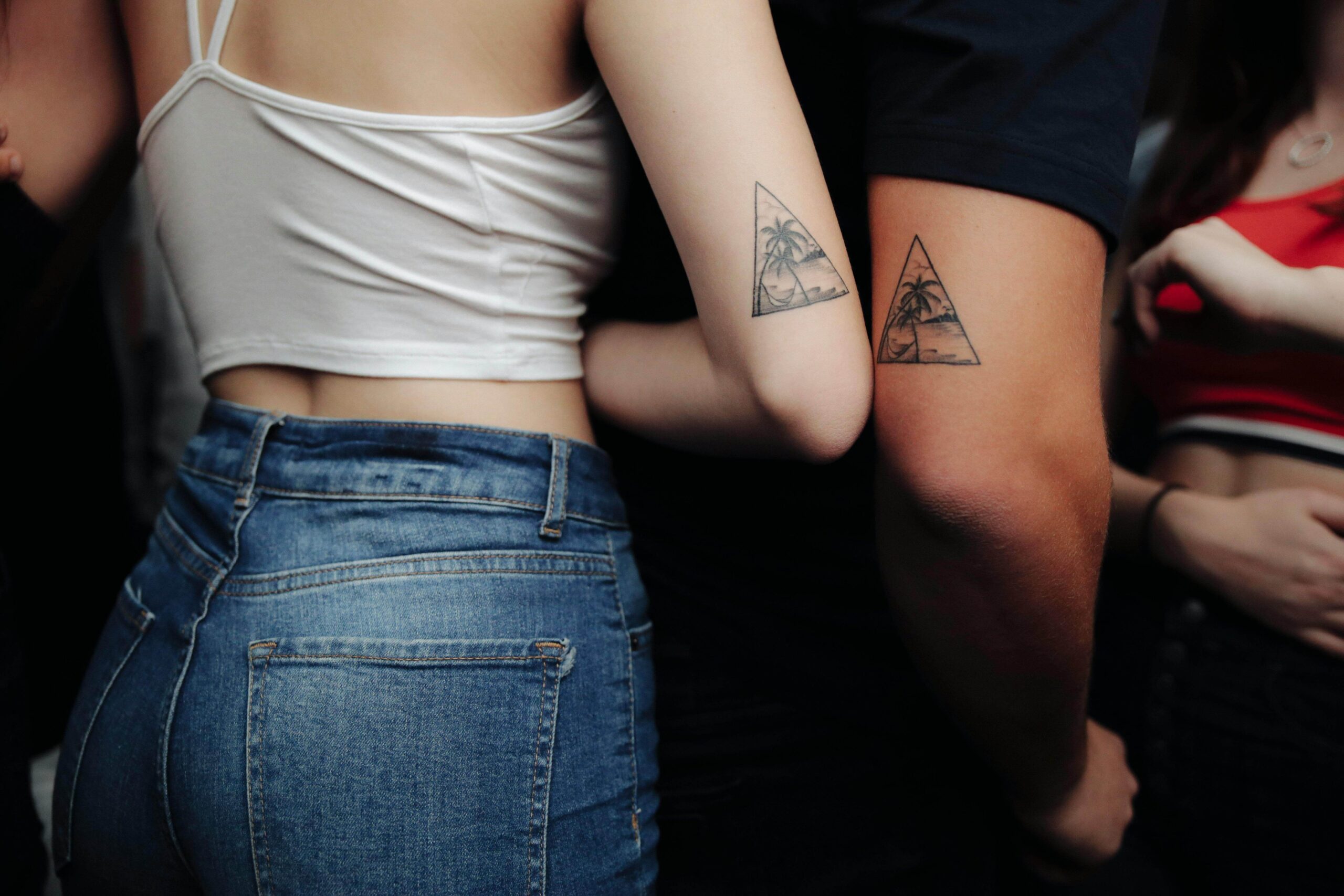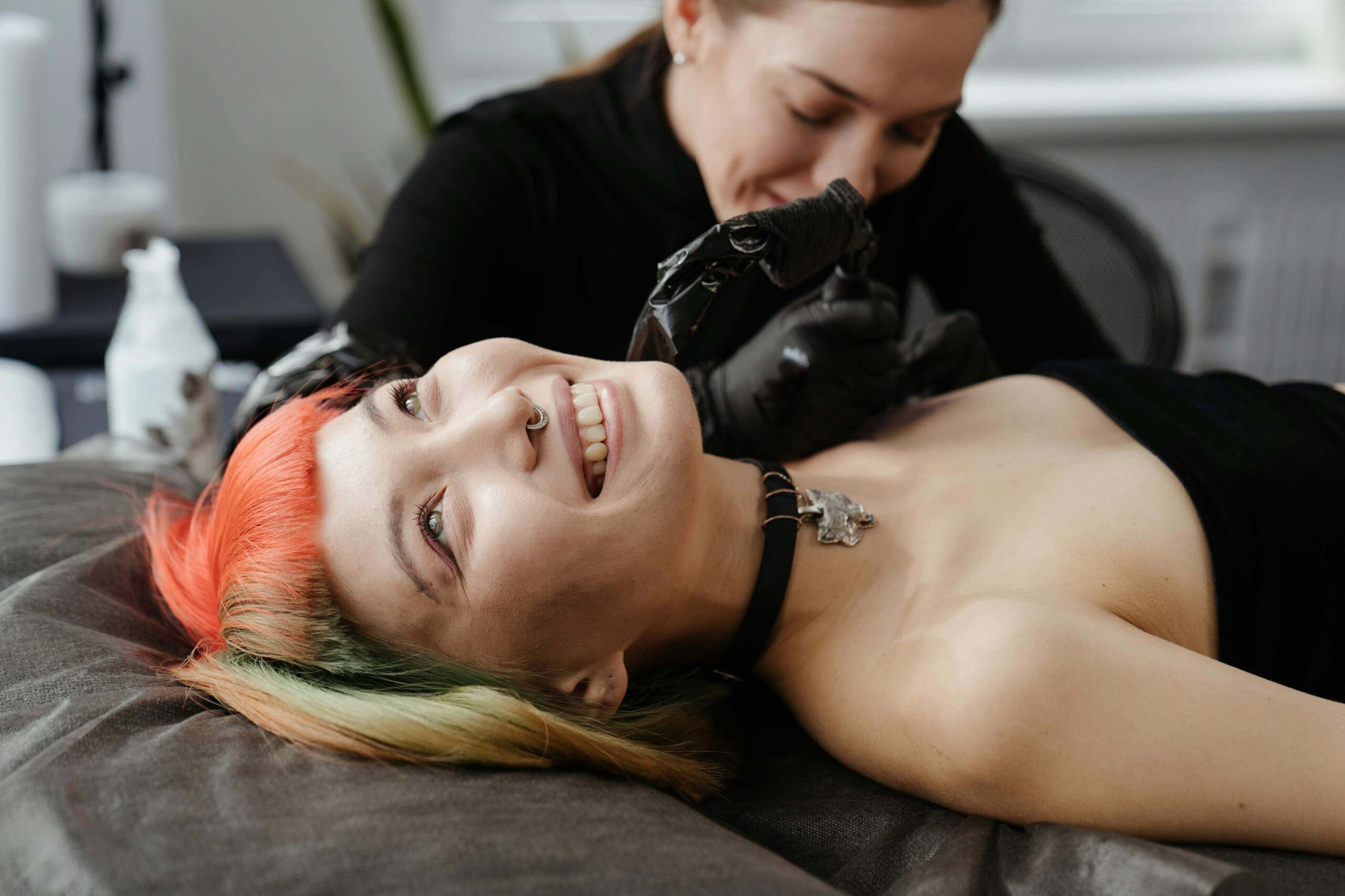Tattooing is a universal art form that transcends cultural boundaries, with a rich and diverse history spanning centuries and continents. From ancient tribal rituals to modern-day expressions of identity and self-expression, tattoo culture around the world is as varied and vibrant as the people who practice it. In this blog, we’ll embark on a journey to explore the rich tapestry of global ink traditions, from the indigenous tattooing practices of Polynesia to the intricate designs of Japanese irezumi.
Polynesia: Polynesia is home to some of the oldest and most revered tattoo traditions in the world. In Polynesian culture, tattoos, known as tatau, hold deep spiritual and cultural significance, serving as symbols of identity, status, and lineage. Traditional Polynesian tattoos feature bold geometric patterns and symbols inspired by nature, with each design carrying specific meanings and associations.
Japan: Japan has a long and storied history of tattooing, dating back thousands of years. In Japanese culture, tattoos, known as irezumi, were originally associated with criminality and social outcasts but evolved into a revered art form celebrated for its beauty and complexity. Traditional Japanese tattoos feature intricate designs inspired by mythology, folklore, and nature, often depicting creatures such as dragons, koi fish, and cherry blossoms.
Maori: The indigenous people of New Zealand, known as the Maori, have a rich tradition of tattooing known as ta moko. Ta moko tattoos are characterized by intricate spirals, curves, and geometric patterns, with each design representing the individual’s genealogy, social status, and life achievements. Maori tattoos are often applied using chisels and pigment, rather than needles, and are considered sacred expressions of cultural identity.
Thailand: In Thailand, traditional tattooing practices known as sak yant have been practiced for centuries by Buddhist monks and spiritual practitioners. Sak yant tattoos feature sacred symbols and mantra scripts believed to impart protection, good fortune, and spiritual power to the wearer. These tattoos are often applied using a bamboo rod or traditional hand-poking technique and are considered potent talismans of spiritual protection.
India: Tattooing has a long history in India, with cultural traditions dating back thousands of years. In some Indian communities, such as the Naga tribes of northeastern India, tattooing is an integral part of cultural identity and rites of passage. Traditional Indian tattoos feature intricate designs inspired by mythology, religion, and nature, with each symbol carrying deep spiritual significance.
Pacific Islands: The islands of the Pacific Ocean are home to a diverse array of tattoo traditions, each with its own unique style and symbolism. In places such as Samoa, Fiji, and Tahiti, tattooing has been practiced for centuries as a rite of passage, marking important milestones such as puberty, marriage, and warriorhood. Traditional Pacific Island tattoos feature bold geometric patterns, tribal motifs, and symbols of cultural identity and heritage.
Tattoo culture around the world is a testament to the universal human desire for self-expression, identity, and connection. From the ancient traditions of Polynesia and Japan to the indigenous practices of the Maori and Naga tribes, tattoos serve as powerful symbols of cultural heritage, spirituality, and personal identity. By exploring the rich tapestry of global ink traditions, we gain a deeper appreciation for the diverse and vibrant expressions of human creativity and resilience found in tattoo culture worldwide.



